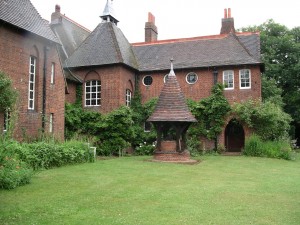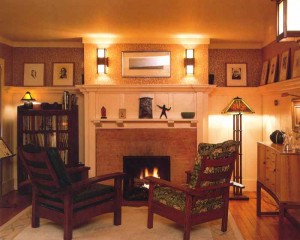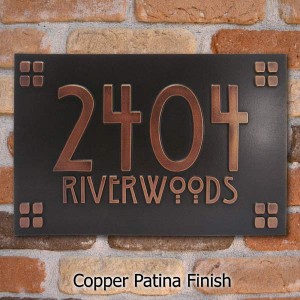Architecture, like music, art, fashion, culture, technology, and philosophy constantly evolves. It evolves to reflect the zeitgeist of its time. Take Gothic architecture for example: God was almost universally deified in medieval Europe, therefore, architects created massive cathedrals to glorify him. Look at music as another example: punk rock was a direct rejection of the Pink Floyds and king crimsons (prog-rock) of their time. The zeitgeist of an era often rises as a rejection of its precedent. It is in this philosophy that the craftsman movement was born.http://www.youtube.com/watch?v=V8HnwLDz4HA
Before the craftsman era Victorian style ruled the roost, a period known for being over-styled and excessive. Mid 1800s Britain also marks the emergence of factories and thus, factory workers, who were often subjected to less than humane conditions. In 1901, when the craftsman era started to percolate (it had been brewing for about 20 years prior) that all changed.
William Morris (1834-1896) is widely credited with beginning the arts and crafts movement. He saw the factory-produced furnishings of the Victorian era as being a terrible development in human evolution. Morris preferred hand-made products that reflected the time and effort of the creator, believing all products should have a personal touch and strive to achieve “honest craftsmanship using natural materials, simple and pure design, and a harmonious family life.” With this ideal in mind, Morris specifically designed furniture that machines could not reproduce.
The “craftsman” house style (named for Gustav Stickley’s periodical publication) is known for :
- Generally 1 ½ story houses
- Environmentally friendly structures that not only suit, but make exceptional use of surroundings
- Broad, overlaying eaves
- Large, low porches with square columns
- Hipped roofs
These exterior characteristics eventually became trademarks of the American Bungalow, a style that drew heavily on craftsman architecture and was wildly popular in America following WWI.
- Interior craftsman elements show a rustic touch. Where Victorians saw the interior as another opportunity to decorate, the craftsman philosophy preaches minimalism. Hallmarks of the interior of craftsman homes include:
- A rustic, cabin-like feel
- A healthy display of wood, and wood grain
- Simple
- Fireplaces with a roaring fire (perhaps fueled by dried flowers?)
- Generally dimly lit living areas
As you can see, the craftsman style was essentially a direct inversion of Victorian style. Where Victorians took every opportunity to decorate lavishly, Craftsmen are minimalist and simple.
It is in this spirit that we made our American Craftsman Address plaque, a sign that would make William Morris proud. Its hard lines and minimalist appearance, coupled with the fact that it is hand-made with domestic materials, make it an ideal craftsman’s sign.




